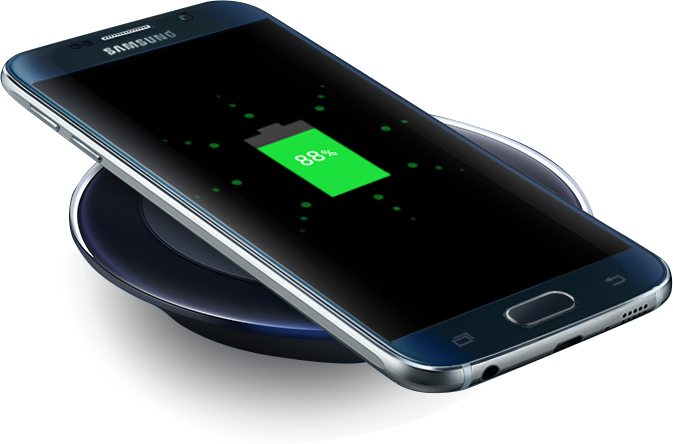
Gone are the days where a phone was only meant for talking. Now it's everything rolled into one and though we may get a lot of facilities one thing that keeps on taking a beating is the battery.
At its peak, we are going to get six or maybe eight hours of juice and then it's a run to the socket in the wall with a charger. You may be able to get out of that hassle if you are carrying a power bank to up your battery but one thing that is going to remain constant is the wires.
So when wireless charging came into the market, we breathed a little. Though it still needs to be connected to a charger to power it up but at least our phones are wire free.
But what if we could take it to the next level, charging our electronic devices without needing to opt for wires at all? Well, it just might be a possibility, according to a study published at the journal, PLOS ONE.
Scientists at Disney Research have come up with a way to wirelessly charge all electronic devices present in a room without needing to opt for electrical cords or charging cradles. And not only tech products, fans and lights can also be powered simultaneously with this new technology.
"This new innovative method will make it possible for electrical power to become as ubiquitous as WiFi," said Alanson Sample, associate lab director and principal research scientist at Disney Research in the US.
"Our simulations show we can transmit 1.9 kilowatts of power while meeting federal safety guidelines," said Matthew J Chabalko, from Disney Research. "This is equivalent to simultaneously charging 320 smart phones."
While demonstrating the new technology, the researchers had to construct a 16-by-16-foot room that had aluminium walls, ceiling and floor bolted to an aluminium frame. Then a copper pole was placed in the centre of the room; a small gap was created within the pole, from which discrete capacitors were inserted. Chabalko said: "It is those capacitors that set the electromagnetic frequency of the structure and confine the electric fields."
And although the demonstration was conducted in a specially constructed room for the time being, the brains behind this operation are certain that in the near future the need for metalized walls, ceilings and floors would be minimal.









